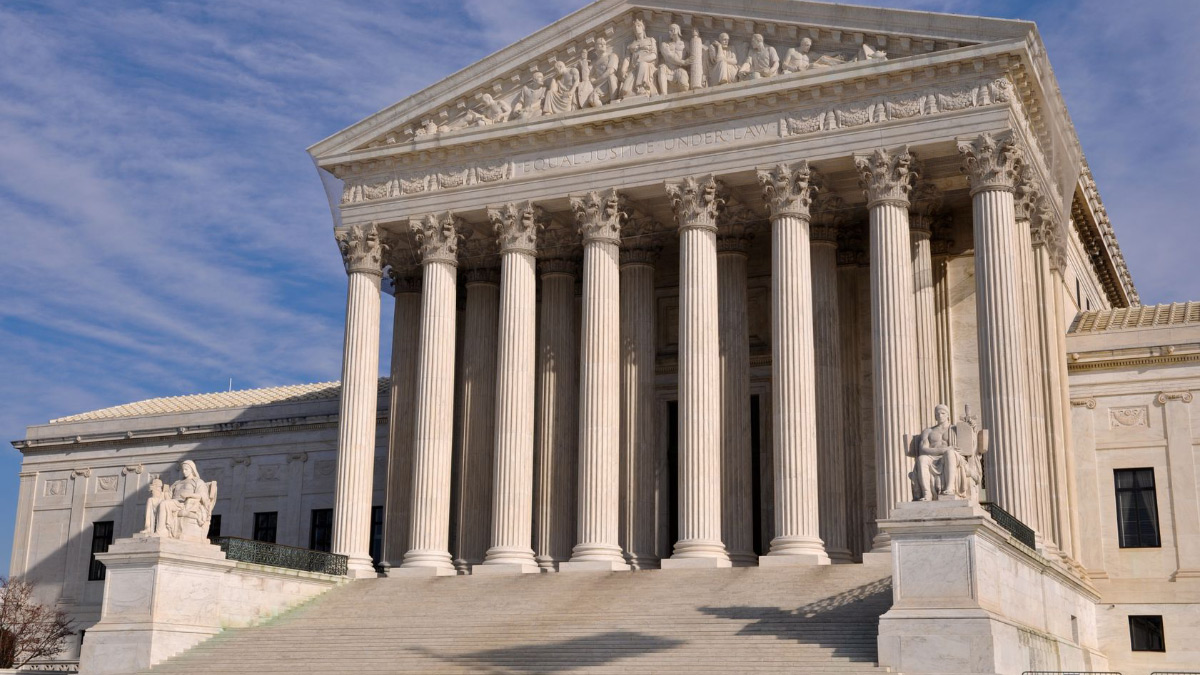Recent times have seen a flurry of union-related activity in America, from a Friedrichs/Janus twofer at the Supreme Court to Scott Walker’s union battles in Wisconsin to rising support for right-to-work laws. Throughout, unions have maintained that they are justified by their workers’ freedom of association.
Freedom of association means individual workers have a right to choose not to work under terms offered by an employer, and the derived power to do so jointly. But no union stops there. In particular, they leverage unique, government-granted coercive powers and immunities to prevent others from being allowed to accept employer offers that union members refuse, even though no one’s freedom of association endows gives them with that power.
If unions were fixated on workers’ freedom of association, which they exercise to advance their well-being, unions would do their best to represent the interests of current members and let them choose who would most effectively do.
However, few unions have been voted for by a majority of the current workers they represent. In fact, frequently no or virtually no current workers voted for their union.
Labor law and interpretation requires only a majority of those who voted (not a majority of the workers) in a single certification election to impose exclusive union representation on all workers. No similar future elections need ever be held. So new workers, and any workers who change their minds after their initial vote, may never get a vote on the union.
Consequently, when a workplace was unionized long ago, virtually no one voting in that certification election still works there. No current workers voted for UAW unionization of GM’s Michigan plants in 1937. At most a handful of current government union workers voted to certify their unions in the 1960s and 70s, and similarly for members of the UFW. Therefore, current union members have frequently( and ironically) had no effective input into representation supposedly justified by their freedom of association.
Those union barriers to workers having effective freedom of association could be addressed by regular certification elections. Decertification elections are also possible. But unions have managed to largely hamstring such options, revealing workers’ freedom of association as a victim rather than as a rationale.
Union members unhappy with current leadership can try to force change via internal elections. But even successful ousters can be unsuccessful. Locals are subordinate to the national union, so the national can neutralize local workers’ votes by putting the local under its trusteeship and leadership.
More than 80 percent of union households support regularly occurring union certification elections, but unions never offer such an option voluntarily, as commitment to their workers’ freedom of association would require. However, such elections can be forced on them. Wisconsin not long ago mandated that government unions face re-certification elections. Many did not even file for re-election, revealing how badly they had served members. In other cases, membership fell dramatically and dues were cut, as unions had to finally benefit members.Decertification is also strewn with restrictions. It requires signatures from 30 percent of all employees in a unit (versus 50 percent of votes cast for certification, often a far lower hurdle), within a one-month time frame only open once every three years. Signatures cannot be gathered while employees are being paid or in work areas. Further, union decertification supporters are commonly expelled from the union (but not relieved of union fees) giving them still less freedom of association. And if all that fails, as the California Agricultural Labor Relations Board did in a 2013 vote by Garawan Farming workers to decertify the UFW, they can simply not count the ballots, even four and a half years later.
In sum, it is clear that unions often deny rather than empower members’ freedom of association, designing every possible poison pill to current members wishing to exercise their freedom of association with anyone else. As John Ransom described it, “for unions, freedom of association means workers are given only one representative, one association, one, non-dissenting voice carefully following the party line.” This reveals unions’ bedrock freedom of association claims as a contradiction in terms more than a justification.








